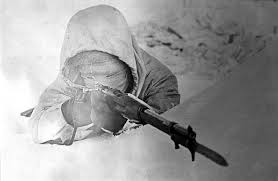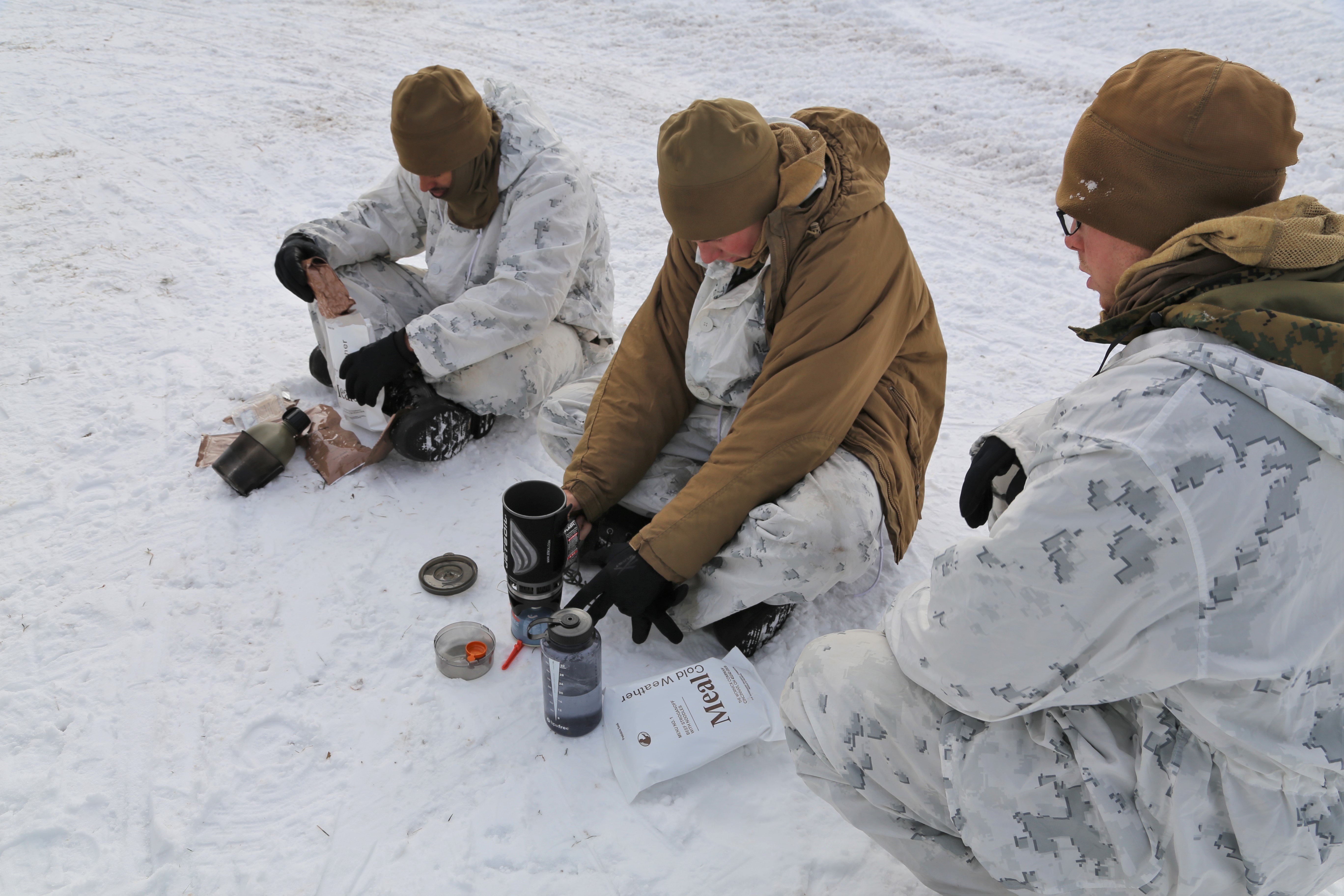When it comes to choosing the right scope, a variety of questions can riddle the brain and drain the pocketbook. Hunters often ask themselves, what range am I looking to be accurate within? What type of rifle am I going to attach the scope to? Do I want night optics? Do I need night optics? Can I really afford night optics?Well set your fears aside, along with your pocketbooks, as I will detail the key factors necessary for choosing the right scope (common sense alert: don't buy more than you need). Aside from all the scientific data, it comes down to two simple questions: What am I hunting for? What am I hunting with?
Going for the long shot
If you’re interested in distance shooting (I’d say anything over 300 yards) then physics – shout out to Newton – will play several factors in accuracy. From windage to shooter-induced parallax, physics is key to how a round acts after it leaves the barrel or a sight displays a target. Any long-range hunter should know these gravitational and user operating factors. You should be able to zero in on the fly (if not, watch the video at the end of this article).These factors have brought about the modern day scope market. All the bells and whistles have created a need for scopes that handle longer shots and provide better sight in low light, but also produce a jump in cost. The best scope is only as good as the triggerman or spotter. Confused on parallax? Check out this quick explainer video:https://www.youtube.com/watch?v=1VPGcq9IVxc
Choosing the Right Ammo
Aside from the scope, your choice of ammunition will play a key factor in accuracy at a distance. Bullet Coefficient is the ease at which a bullet’s form moves through the atmosphere. This is essential when considering accuracy. Any bullet is going to face some form of friction/resistance when traveling through the air at a high rate of speed. Yes, gravity does play a role in shots dropping.Look for a higher Bullet Coefficient when considering ammunition for longer shots and different game. Check out the amazing details at Bass Pro for a list of common calibers and their respectable game choices.
Choosing the Right Scope
[caption id="attachment_14535" align="aligncenter" width="1024"]

When you see that delicious deer in your sights...don't forget to breathe.[/caption]So, having learned those yardage estimates and science behind a bullet’s trajectory, what does it mean to find the right scope? Well first and foremost, the manufacturers must use quality lens glass. If it’s shit, then your shot will be shit.Second, magnification can be a double-edged sword. While increased magnified sights are essential for long range, in a shorter-range situation it can be nearly impossible to maintain a moving target. So, don’t go all gung ho with a 6-24X magnified scope if you plan on shooting squirrels from 75 yards away. Increased magnification can also increase the effect of parallax (see video above for details) and blur vision with a moving target.Third, is illumination. Shooting your prey in low light situations is often a necessity. Just be wary, as adding illumination to any scope can sky rocket the budget and weight.Fourth, make sure the scope will hold zero after recoil. I know it should only take one shot, but sometimes we sneeze. A quality scope should be able to hold proper sight alignment even after a round is fired. If the scope doesn’t do this, don’t bother with it.Finally, buy a scope with plenty of eye relief. Trust me, your eye socket will thank you later. The protection of your face requires a decent eye relief (preferably 4+ inches) – that is the distance between your actual eye and the scope, while still being able to utilize the scope. Recoil can be a fickle bitch if you place your forehead too close. You will only need to learn your lesson once: vicious scope bite is not something anyone should have to endure. So keep the eye relief (or physical distance) at 4 inches. Here’s a video that further explains the eye relief of scopes.https://www.youtube.com/watch?v=5OrmBy4tn7E
The Bottom Line
Before you go off and spend thousands of dollars on a scope, make sure it’s got what you need – not what you think you want. If you’re hunting big game from a thousand yards, then you will probably need a heavily magnified scope with night vision. But, if you’re hunting squirrels from less than a hundred yards, perhaps iron sites will do just fine. Regardless, if you don’t site the scope in, you won’t hit the side of a barn.For the novice hunters out there, I would recommend watching the video below to zero in your scope’s accuracy. If you’re curious about particular scopes, check out Target Tamers or Field & Stream. Both are excellent sources of information. Happy hunting ‘Merica!https://www.youtube.com/watch?v=l8EO80iqOyE



%201.svg)









